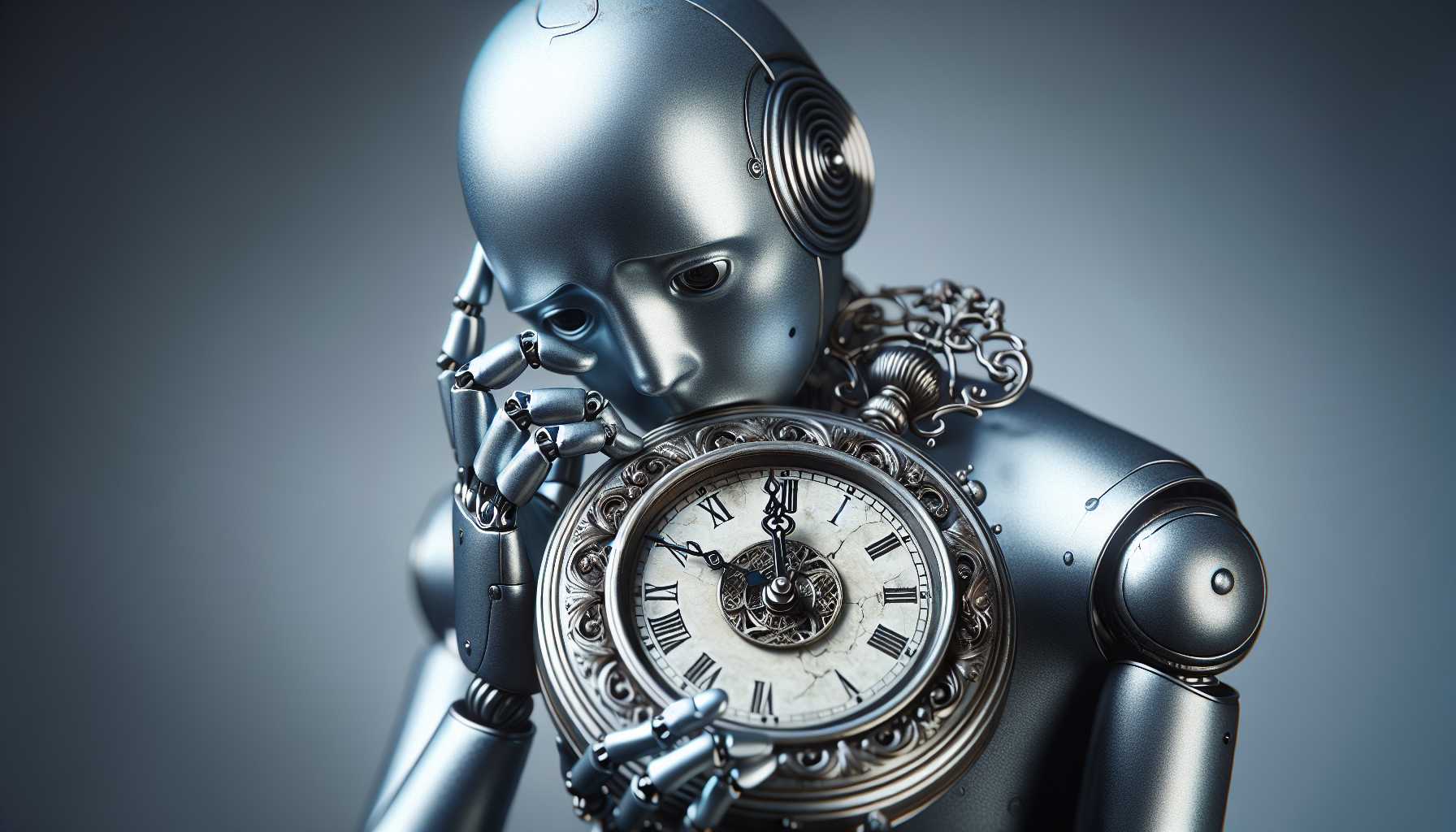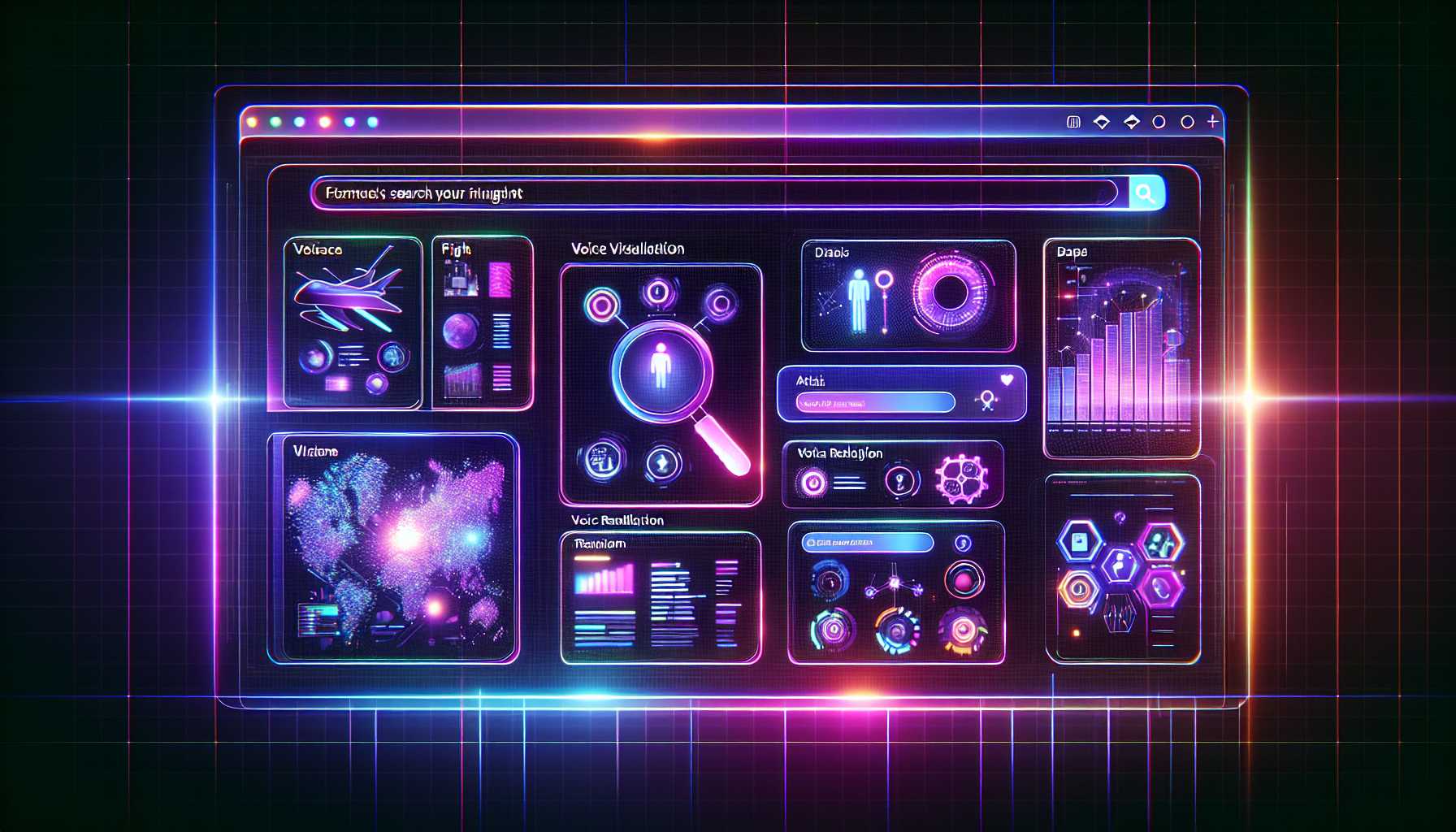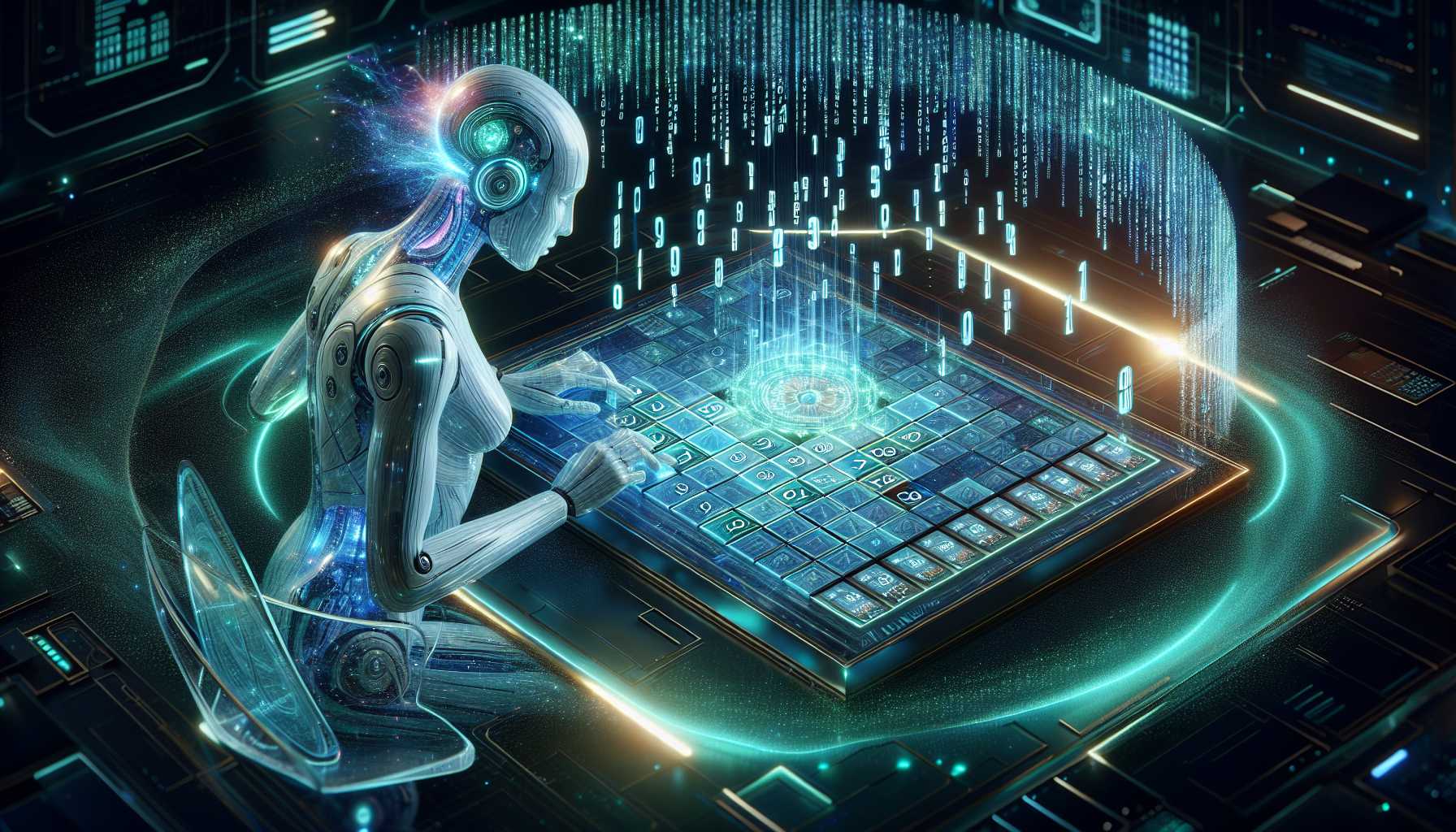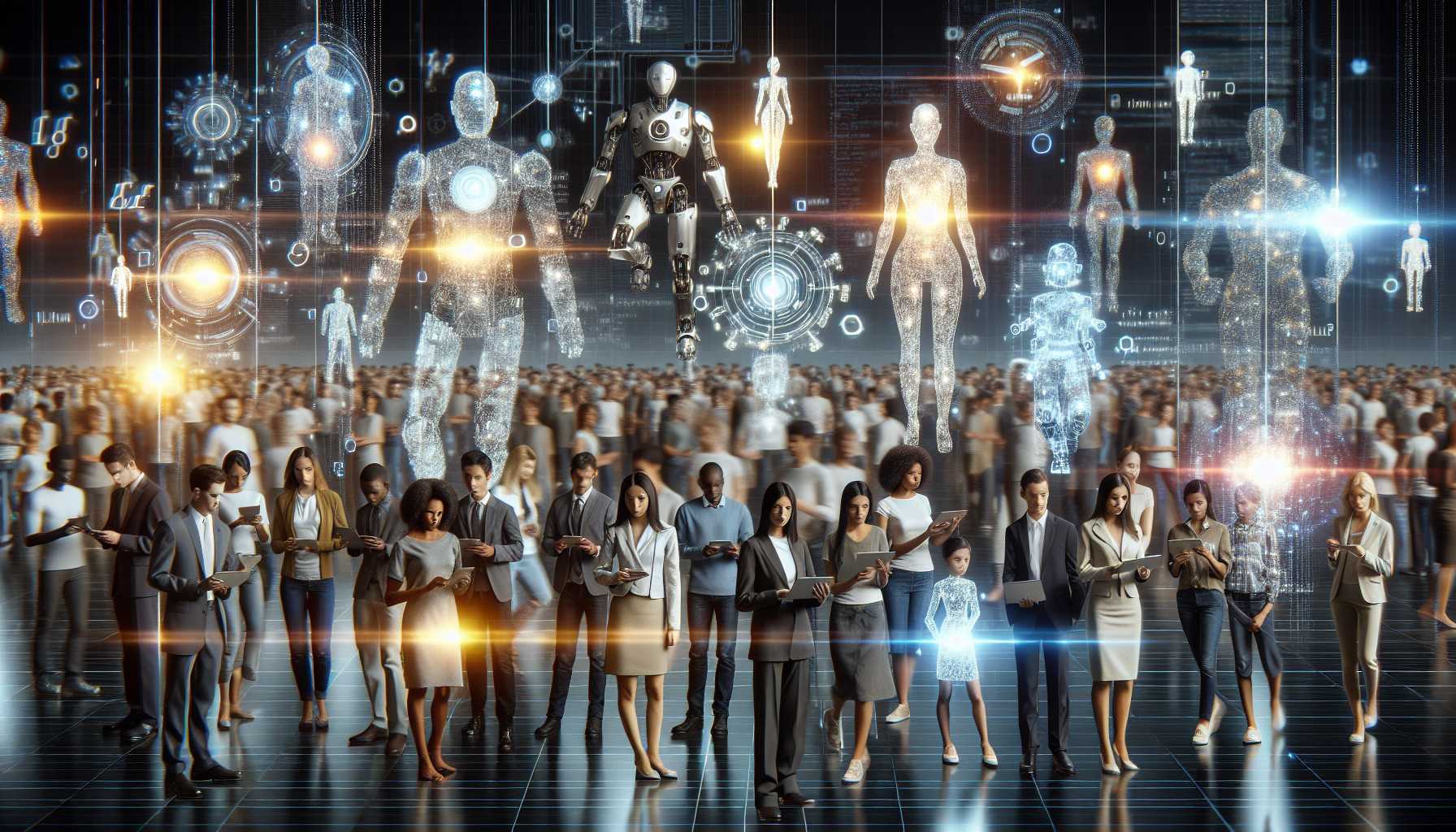AI’s Struggle with Reality: A New Study Unveils the Inaccuracy of AI Search Tools
There’s no denying the meteoric rise of artificial intelligence in recent times. Its tools and applications are more sophisticated than ever, from generating photorealistic images to completing students’ homework. Yet, amid the cascade of revolutionary capabilities, there’s a curious conundrum: AI search tools seem confidently lost in the maze of providing accurate information.
According to a recent study conducted by the Columbia Journalism Review (CJR), AI’s performance in giving accurate search results is far from impressive. The study set to test how various AI tools sift through data to provide answers about article metadata. The results were, frankly, surprising—or perhaps not. AI search assistants fumbled over 60% of the time, offering incorrect information while wearing a digital smile.
The study’s revelations beg the obvious question: Why do these AI tools falter in providing such basic information? As a tech investor and enthusiast, I find it fascinating and slightly alarming how confidently AI tools can be incorrect. This suggests that even as AI powers forward in leaps and bounds, humans remain indispensable as mediators and verifiers of truth.
Google’s Bold Step: AI Overviews and Exclusive Search Results
As we delve deeper into the AI revolution, it’s essential to approach the use of automated search tools with caution. Interestingly, despite alarming accuracy rates, tech giant Google is doubling down on AI by expanding its AI overviews and conducting tests with AI-only search results.
Whether this points towards a bright future of untapped potential or a regression into digital chaos warrants careful attention. Despite existing flaws, there’s no stopping the prevalence of AI-backed search engines as part of our daily life—evident by the reported 25% of Americans who now prefer AI for queries over traditional search engines.
AI is charming the masses, but these metrics should make us ponder: are humans ready for a reality where AI machines not only supplement but override human validation and judgment?
Time Telling: The Achilles Heel of Multimodal Large Language Models
While AI search engines may be excused for offering inaccurate metadata (albeit not very convincingly), the inability of AI to tell the time sounds almost laughable. Yet, another recent study out of Edinburgh University points out just how laughable the state of AI precision can be.
While AI has shown it can handle multifaceted tasks, from constructing protein structures to writing novellas, a seemingly straightforward task—telling the time—trips it up. The study elucidates that large language models (LLMs) mixed with image-based AI, surprisingly struggle with interpreting images of clocks and calendars.
Models demonstrated unsteady performance, managing correctly only 25% of the time when tasked to read analog clocks. In a digital age teeming with hyperfast computational prowess, this appears not only ironic but also indicative of inherent complexities in how AI interprets visual-temporal data with innate human-like understanding.
This needs to be addressed if AI systems are ever to be trusted with applications where timing is of the essence.
The Underexplored Caveat: AI’s Gaps in Temporal Understanding
The intricacies of understanding temporal information underscore a broader challenge in artificial intelligence—a challenge that revolves around how AI interprets nuances of the human-condition imagery. Despite the rapid advance of multimodal large language models (MLLMs) in object detection and scene understanding, the area of temporal inference remains underexplored.
In essence, these AI models fall short of synthesizing chronological information from visual stimuli, fundamentally altering their application in time-sensitive, real-world scenarios such as scheduling and automation.
The anomalies discovered sound a cautious note to innovators and developers in the tech space, urging them to address these shortfalls before integrating AI in roles demanding impeccable precision.
Moving Forward: Tackling AI’s Inherent Fissures
Navigating forward, the teething troubles faced by AI point to an indispensable truth: human oversight remains pivotal in the deployment of AI solutions. As investors, developers, and technophiles, a cautious but optimistic approach is essential.
The dazzling possibilities AI presents should not foster blind reliance, but instead encourage robust systems of checks and balances. To truly incentivize human progress with AI development, we need to push the boundaries of AI understanding in natural tasks, like time telling, and enhance the accuracy of search tools.
Until then, we are tasked with educating AI to handle complexity with finesse, ensuring human intuition and judgment remain the compass steering these machines. With the continuous development of technology, addressing these challenges might not be as far off as it appears today.
As AI continues to fail and learn, the future holds a hopeful landscape of cooperative intelligence where human expertise and artificial prowess can harmonize.
**Images:**





